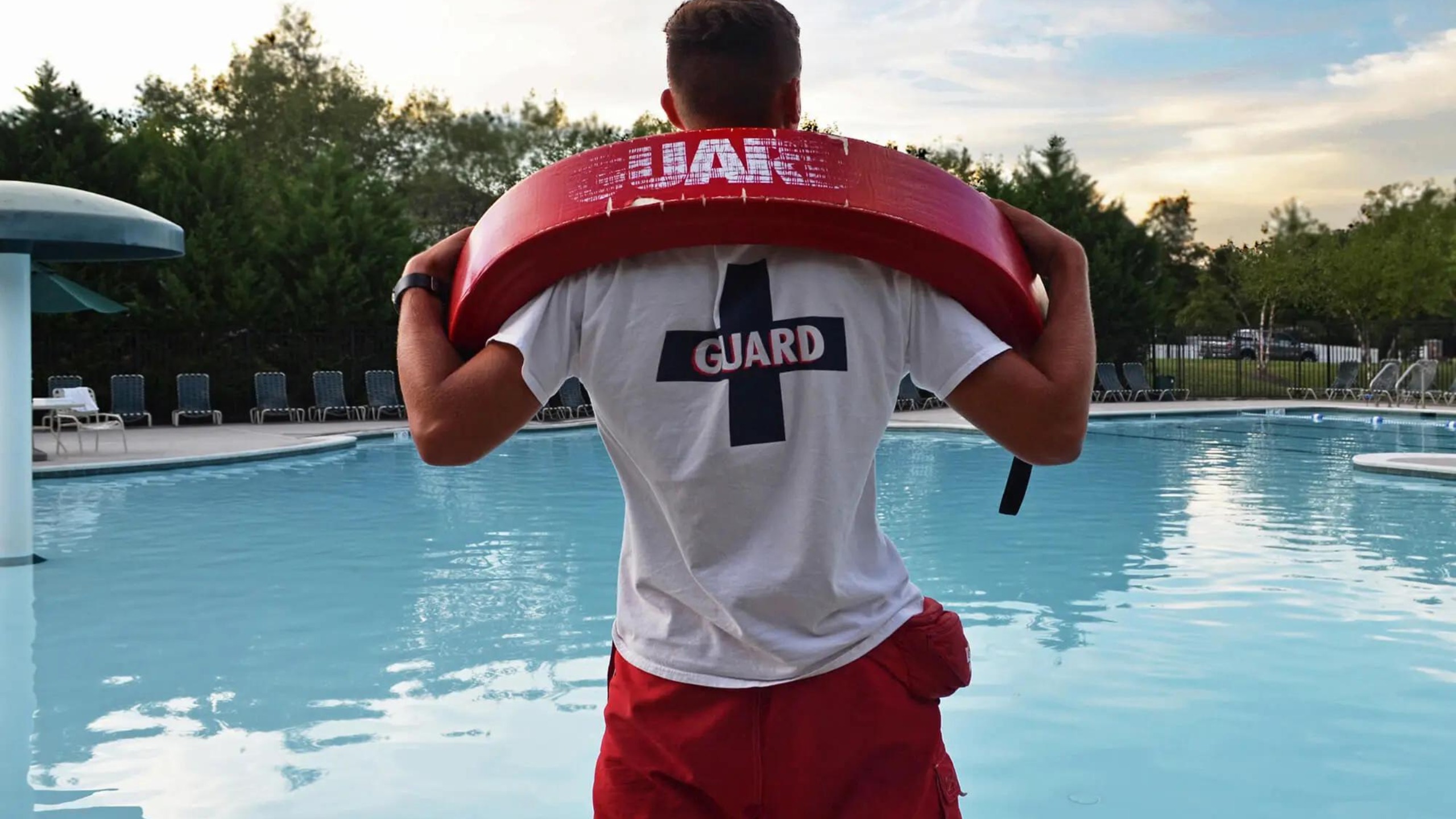Lifeguarding is more than just a job; it’s a commitment to public safety, vigilance, and professionalism. For lifeguards, maintaining their skills and knowledge through regular recertification is essential. In this comprehensive guide, we’ll explore everything you need to know about lifeguard recertification, why it’s important, how to get it, and how the American Lifeguard Association (ALA) can help you stay certified and ready to save lives.
Why Lifeguard Recertification is Crucial
Lifeguarding is a high-responsibility role that requires a sharp mind, quick reflexes, and up-to-date knowledge of lifesaving techniques. Over time, new methods, tools, and best practices are developed to enhance safety and rescue efforts. Lifeguard recertification ensures that professionals are well-versed in these advancements and can perform their duties effectively.
Key reasons why lifeguard recertification is crucial:
-
Skill Refreshment: Even the most experienced lifeguards can benefit from revisiting and practicing essential skills like CPR, AED usage, and water rescue techniques.
-
Legal Compliance: Many states and organizations require lifeguards to maintain current certification to stay employed. Recertification ensures you meet these legal requirements.
-
Public Trust: As a certified lifeguard, you are a trusted figure in your community. Recertification demonstrates your ongoing commitment to maintaining the highest standards of safety.
-
Emergency Preparedness: Lifeguarding situations can be unpredictable. Recertification keeps your knowledge fresh, ensuring you’re prepared for any emergency that may arise.
How Often Should Lifeguards Recertify?
The frequency of lifeguard recertification varies depending on the certifying organization and local regulations. However, it is generally recommended that lifeguards recertify every two years. Some certifications, like those for CPR and First Aid, may have shorter recertification periods, requiring annual renewal.
The Lifeguard Recertification Process
Recertifying as a lifeguard involves several steps designed to ensure that your skills and knowledge are up to date. Here’s a typical outline of the process:
-
Choosing a Recertification Course: The first step is to select a recertification course that meets your needs. The American Lifeguard Association offers comprehensive recertification programs that cover all essential areas, including CPR, AED, First Aid, and water rescue techniques.
-
Reviewing Prerequisites: Before enrolling in a course, check the prerequisites. These often include holding a current or recently expired lifeguard certification and being in good physical condition.
-
Completing the Training: Recertification courses typically combine classroom instruction with practical, hands-on training. You’ll revisit key concepts, learn about any new procedures, and practice critical lifesaving skills.
-
Passing the Recertification Exam: Most recertification programs require passing a written exam and a practical skills test. These assessments ensure that you’ve retained the necessary knowledge and abilities to perform effectively as a lifeguard.
-
Receiving Your Certification: Upon successful completion of the course and exams, you’ll receive your updated lifeguard certification. This certificate will be valid for another specified period, usually two years.
Why Choose the American Lifeguard Association for Recertification?
The American Lifeguard Association (ALA) is a trusted name in lifeguard training and certification. With decades of experience, the ALA has developed a reputation for providing high-quality, comprehensive training programs that meet the needs of today’s lifeguards.
Here are some reasons why lifeguards choose the ALA for their recertification:
-
Comprehensive Curriculum: The ALA’s recertification courses cover all aspects of lifeguarding, including the latest in CPR, AED, and First Aid practices. The curriculum is designed to be thorough, engaging, and up-to-date.
-
Flexible Learning Options: Understanding that lifeguards have busy schedules, the ALA offers flexible recertification options, including online courses and in-person training sessions. This flexibility allows you to complete your recertification at your own pace and convenience.
-
National Recognition: The ALA’s certifications are recognized nationwide, making it easier for you to stay certified no matter where your career takes you.
-
Expert Instructors: ALA’s instructors are experienced professionals who are passionate about lifeguarding. They bring real-world experience to the classroom, providing practical insights and guidance.
-
Supportive Community: By recertifying with the ALA, you join a network of lifeguards committed to excellence in safety and rescue. The association offers ongoing support, resources, and opportunities for professional development.
Tips for Successful Lifeguard Recertification
To ensure your recertification process goes smoothly, here are some tips:
-
Prepare in Advance: Review your lifeguarding manual and practice key skills before your recertification course. Being prepared will make the process easier and increase your confidence.
-
Stay Physically Fit: Lifeguarding is physically demanding. Regular exercise and swimming practice will help you meet the physical requirements of recertification.
-
Stay Informed: Lifeguarding standards and practices can change. Stay informed about any updates by reading relevant materials and attending additional training sessions when possible.
-
Choose the Right Program: Select a recertification course that fits your schedule and meets your certification needs. The American Lifeguard Association offers a variety of programs to accommodate different lifeguard specialties and locations.
-
Maintain a Positive Attitude: Recertification is an opportunity to improve your skills and reaffirm your commitment to lifeguarding. Approach the process with a positive attitude and a willingness to learn.
Conclusion
Lifeguard recertification is an essential part of maintaining your role as a competent and effective lifeguard. It ensures that you are up to date with the latest lifesaving techniques, legally compliant, and prepared to respond to emergencies. By choosing the American Lifeguard Association for your recertification, you can be confident that you are receiving top-tier training that will keep you at the forefront of lifeguarding excellence.
